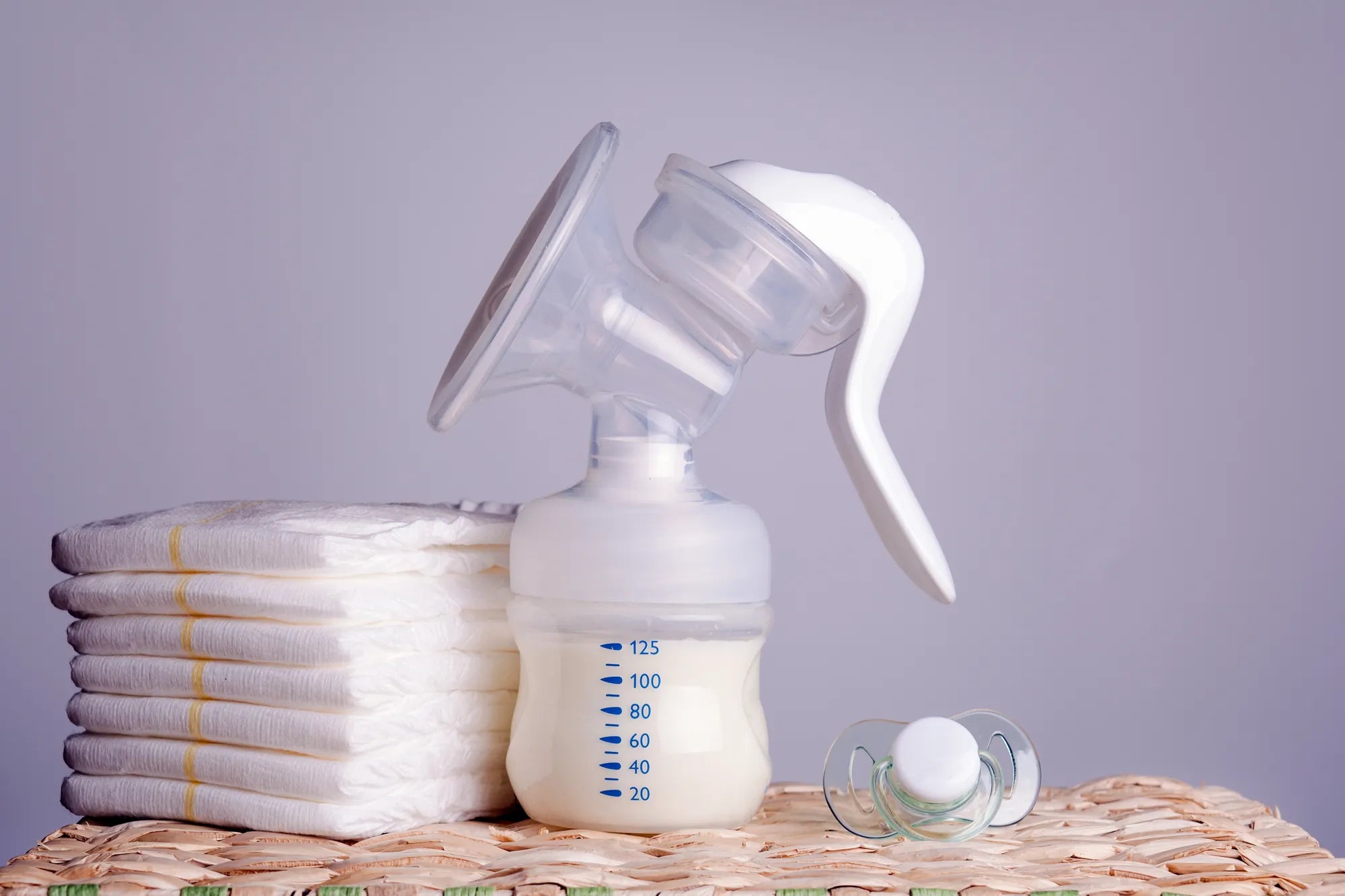Inicio
Pregnancy, Breastfeeding, and Pumping: The Ultimate Guide for Moms
Is It Safe to Reuse Breast Pump Parts: What You Need to Know

Is It Safe to Reuse Breast Pump Parts: What You Need to Know
Breastfeeding mothers often face the dilemma of whether to reuse breast pump parts. With the cost of replacement parts and the desire to minimize waste, many wonder if reusing these components is safe. This article delves into the factors that determine the safety of reusing breast pump parts and provides practical advice for mothers navigating this decision.
Understanding Breast Pump Parts
Breast pumps consist of several parts that come into direct contact with breast milk. These include the flanges, valves, membranes, and bottles. Each of these components plays a crucial role in the pumping process, and their cleanliness is paramount to ensure the safety of the milk.
Risks of Reusing Breast Pump Parts
One of the primary concerns with reusing breast pump parts is the potential for bacterial contamination. Breast milk is a nutrient-rich substance that can promote the growth of bacteria if not handled properly. Reusing parts without thorough cleaning can lead to the accumulation of harmful bacteria, posing a risk to both the mother and the baby.
Another risk is the degradation of the parts over time. Repeated use and cleaning can cause wear and tear, leading to cracks or breaks where bacteria can hide. This can compromise the effectiveness of the pump and increase the risk of contamination.
Benefits of Reusing Breast Pump Parts
Despite the risks, there are also benefits to reusing breast pump parts. Cost savings is a significant factor, as replacement parts can be expensive. Additionally, reusing parts reduces waste, which is an important consideration for environmentally conscious mothers.
Reusing parts can also be convenient, especially for mothers who pump frequently. Having a set of clean, ready-to-use parts can save time and make the pumping process more efficient.
Best Practices for Reusing Breast Pump Parts
To safely reuse breast pump parts, it is essential to follow strict cleaning and sterilization protocols. Here are some best practices to consider:
- Wash all parts thoroughly with hot, soapy water after each use. Pay special attention to crevices and hard-to-reach areas where bacteria can accumulate.
- Use a dedicated brush for cleaning breast pump parts to avoid cross-contamination with other kitchen utensils.
- Sterilize the parts regularly, either by boiling them in water for 5-10 minutes or using a steam sterilizer. This step is crucial for killing any remaining bacteria.
- Inspect the parts regularly for signs of wear and tear. Replace any damaged or worn-out parts immediately to ensure the safety and effectiveness of the pump.
- Store the cleaned and sterilized parts in a clean, dry place to prevent contamination before the next use.
When to Replace Breast Pump Parts
Even with proper care, breast pump parts will eventually need to be replaced. The frequency of replacement depends on the type of parts and how often they are used. Here are some general guidelines:
- Valves and membranes should be replaced every 2-3 months, as they are more prone to wear and tear.
- Flanges may last longer, but they should be replaced if they become cracked or damaged.
- Bottles and other components should be replaced if they show signs of damage or if they are no longer functioning properly.
Alternative Options
For mothers who are concerned about the safety of reusing breast pump parts, there are alternative options to consider. Some mothers choose to use disposable parts, which can be discarded after each use. While this option eliminates the need for cleaning and sterilization, it can be more costly and less environmentally friendly.
Another option is to use multiple sets of parts, allowing for rotation and ensuring that each set is thoroughly cleaned and sterilized before reuse. This approach can help extend the life of the parts while maintaining safety.
Consulting with a Healthcare Professional
Ultimately, the decision to reuse breast pump parts should be made in consultation with a healthcare professional. They can provide personalized advice based on the mother's specific circumstances and the type of breast pump being used. A healthcare professional can also offer guidance on proper cleaning and sterilization techniques to ensure the safety of the milk.
Reusing breast pump parts can be a practical and cost-effective solution for many mothers, but it requires careful attention to cleanliness and maintenance. By following best practices and consulting with a healthcare professional, mothers can make informed decisions that prioritize the health and safety of both themselves and their babies.
Navigating the world of breastfeeding and pumping can be challenging, but with the right information and support, mothers can make choices that work best for their families. Whether you choose to reuse breast pump parts or opt for alternative solutions, the most important thing is to ensure the safety and well-being of your baby.
Compartir
